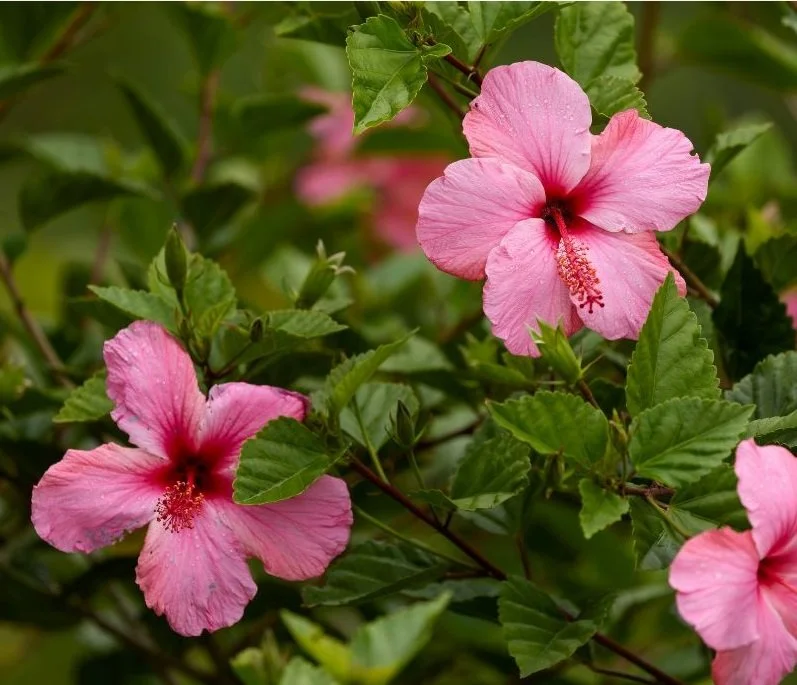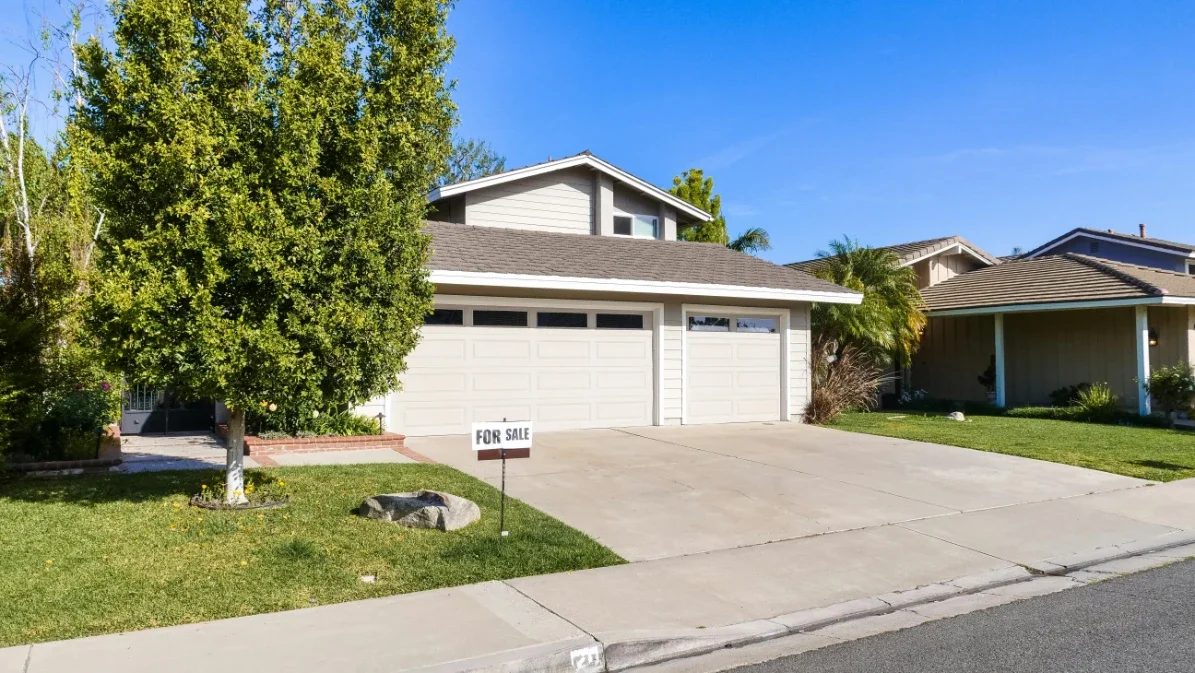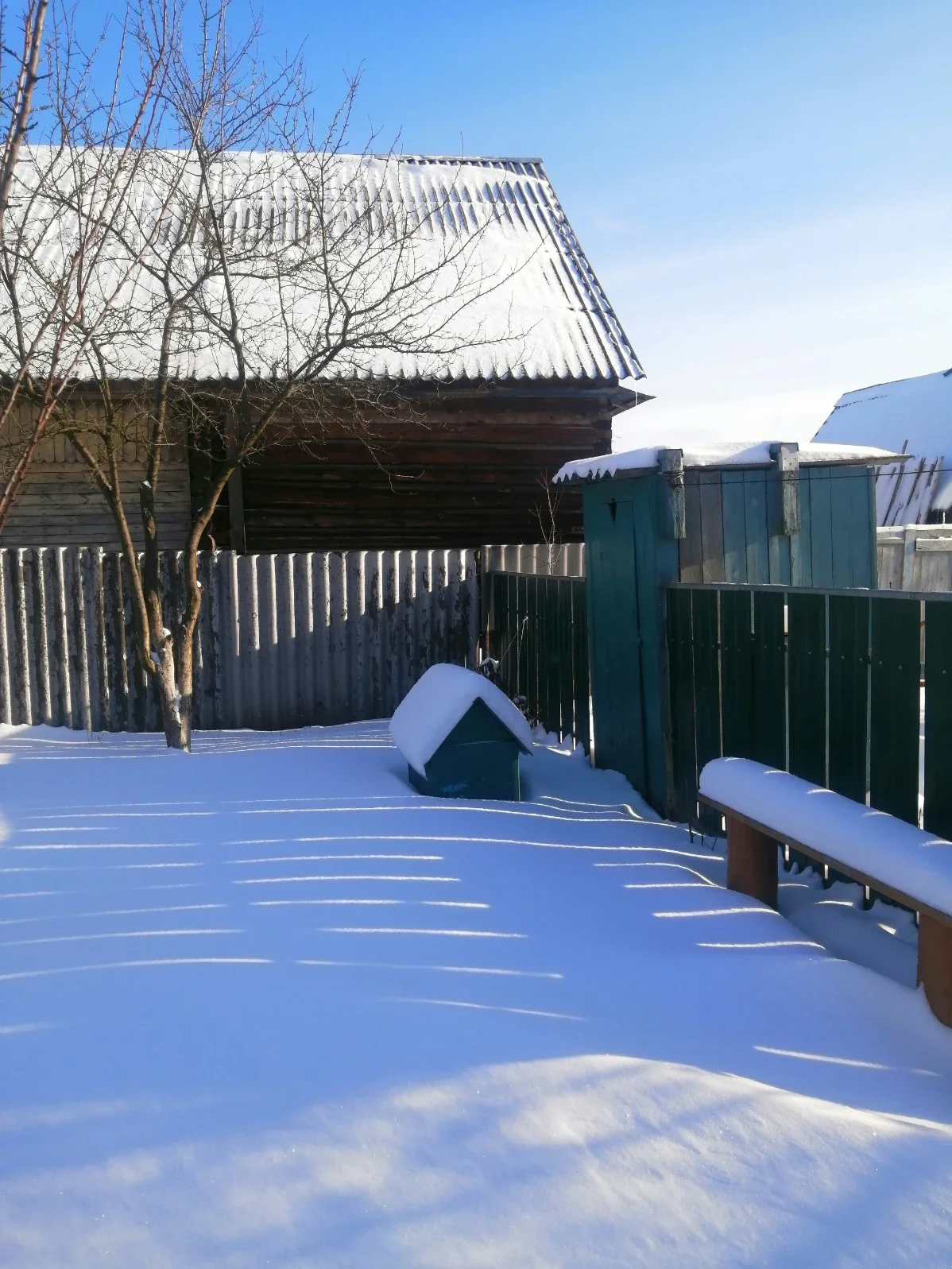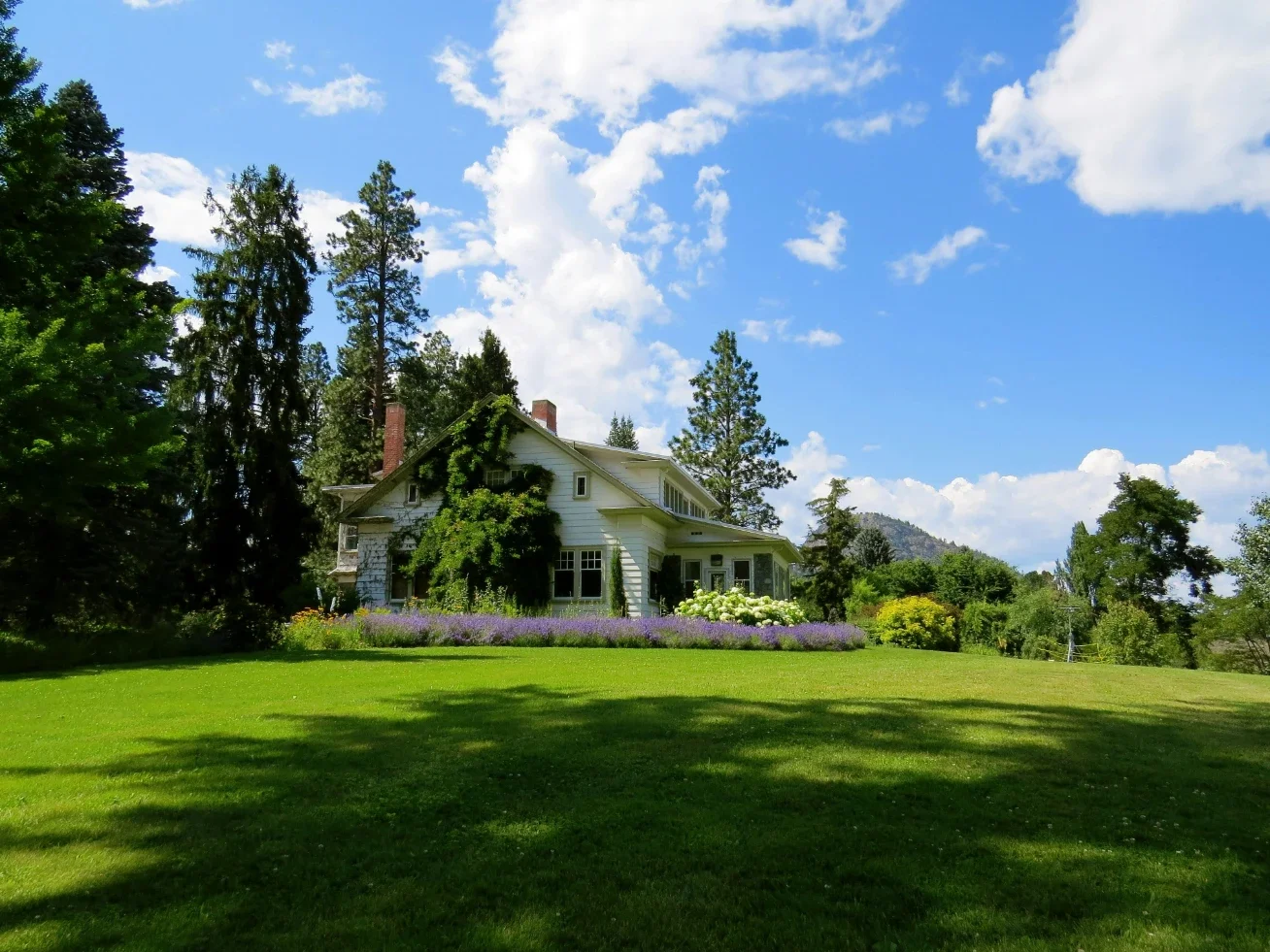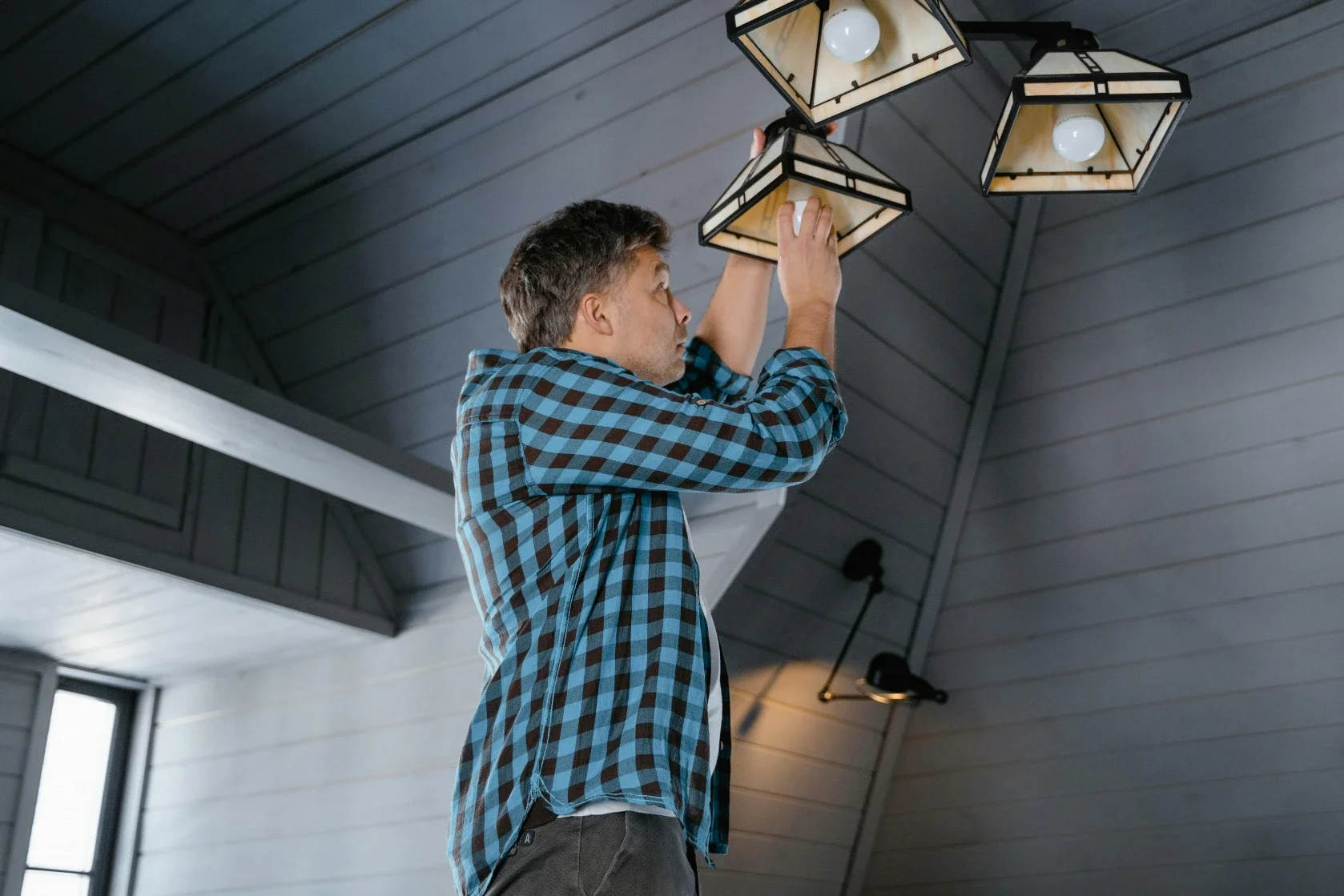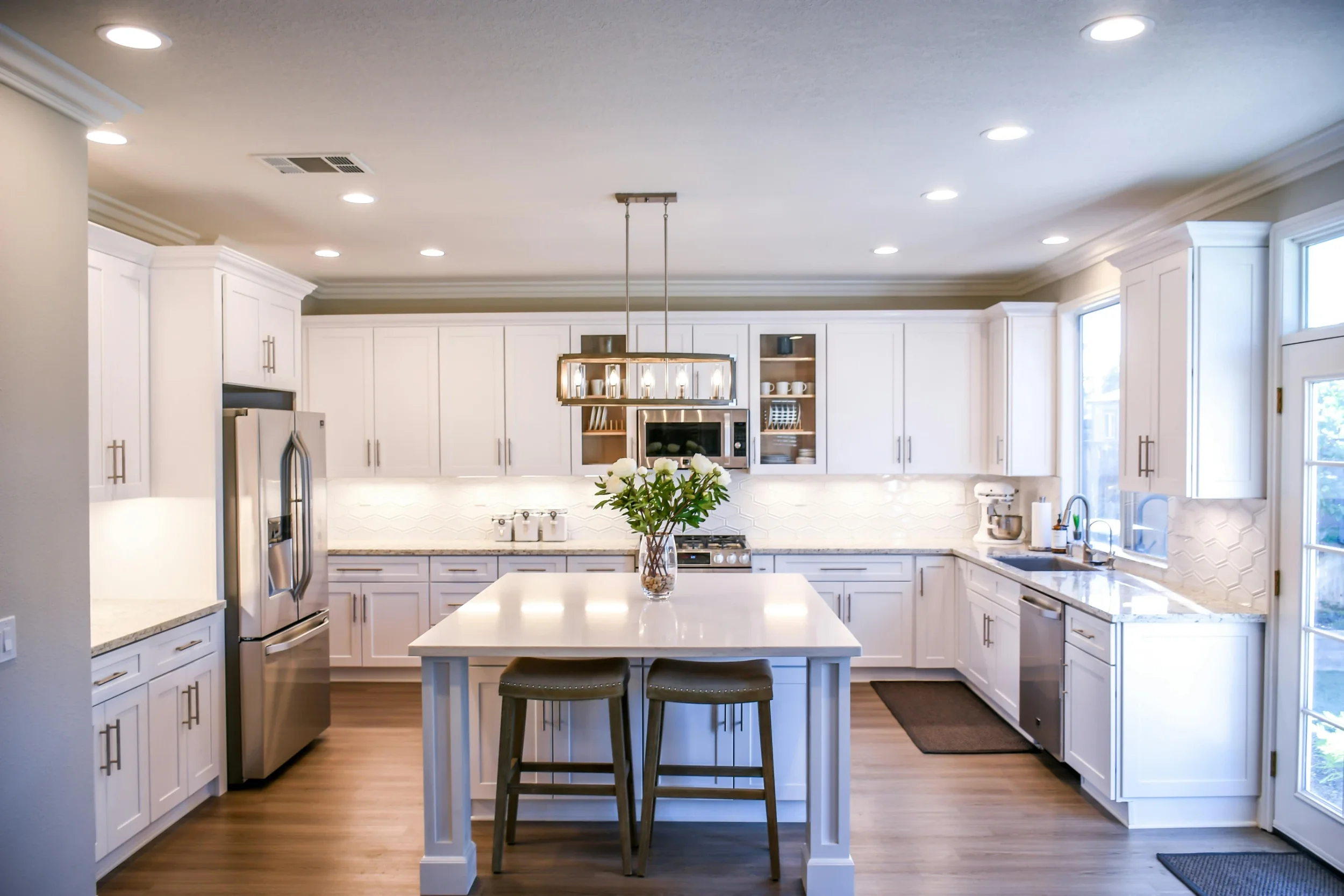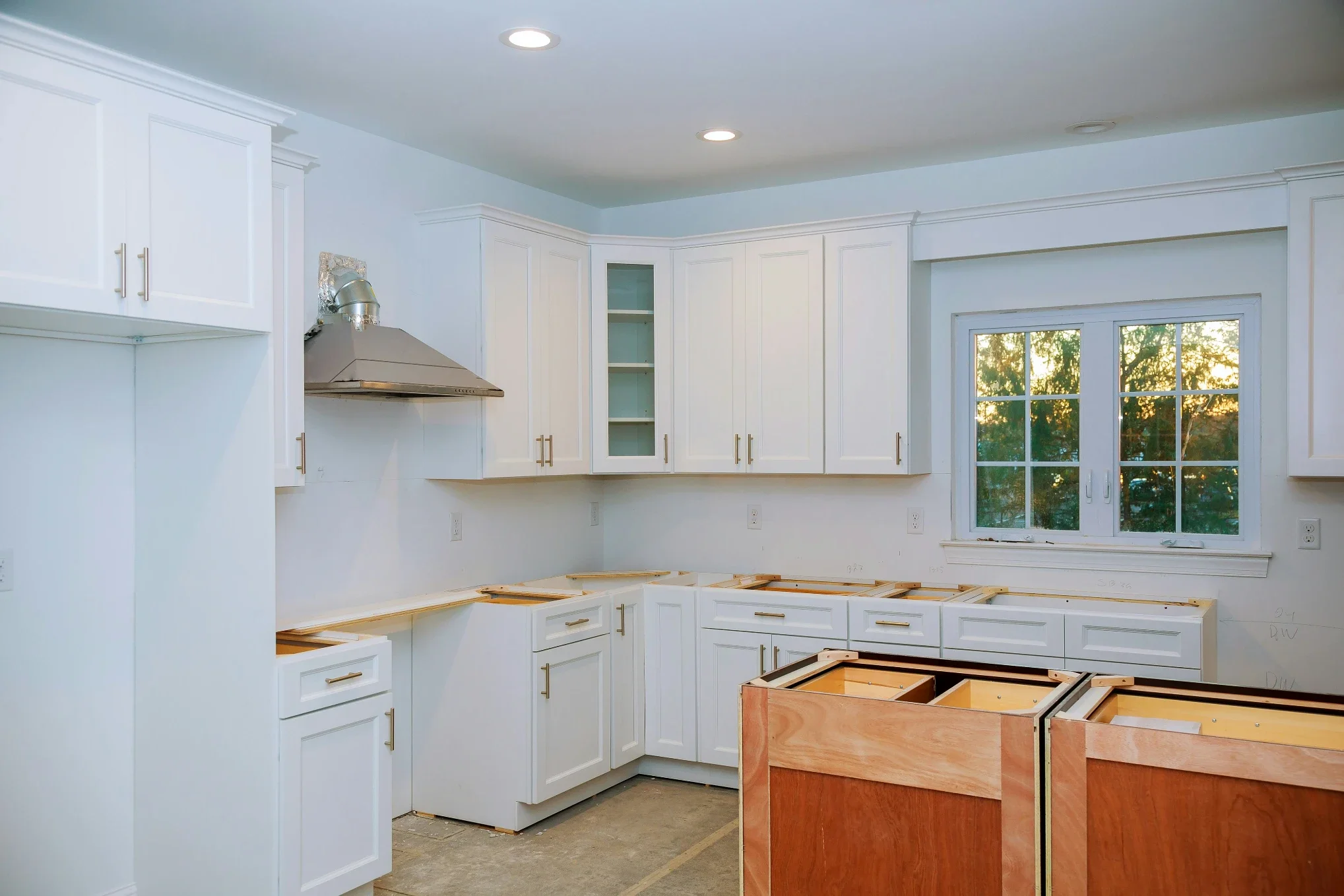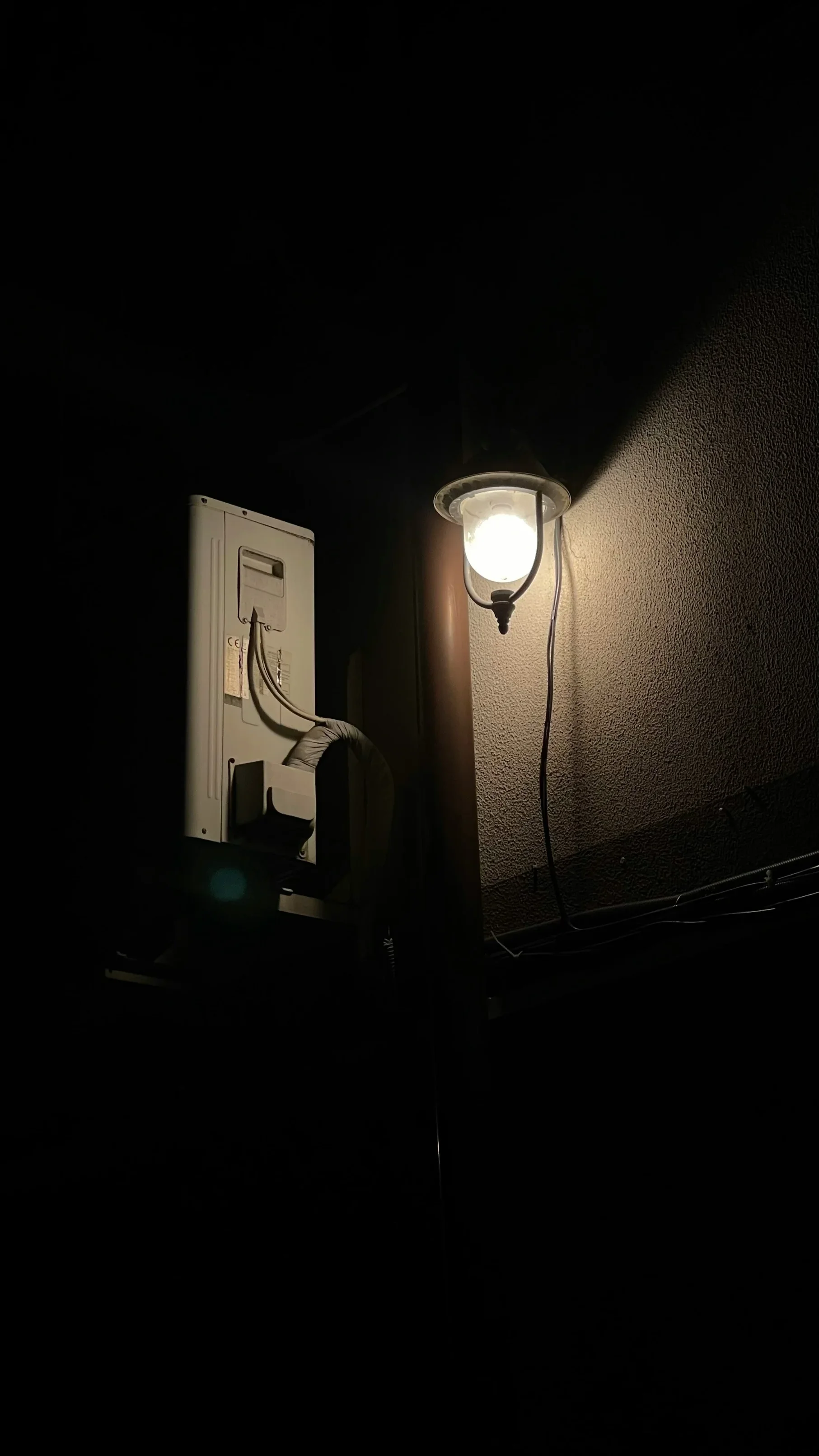Are Hibiscus Annuals or Perennials? Explained
Are Hibiscus Annuals or Perennials? Explained in this in-depth guide—discover the differences, care tips, and expert tricks to grow vibrant hibiscus plants year after year.
Are hibiscus annuals or perennials? Explained in simple terms, hibiscus plants can play by different rules depending on species, climate, and gardening goals. You might’ve fallen head over heels for those showy, tropical blooms and wondered if they’ll come back next spring or if you’ll be saying farewell come frost. No sweat—this guide unravels the mystery, diving deep into what makes some hibiscus short-lived annuals and others hearty perennials. Along the way, we’ll sprinkle in pro tips, gardening jargon made easy, and plenty of “aha!” moments to help you decide how to cultivate these sun-loving gems. So, grab a cuppa, and let’s dig into the colorful world of hibiscus!
Are Hibiscus Annuals or Perennials? Explained: Understanding the Basics
When push comes to shove, the annual versus perennial question boils down to one thing: lifespan. An annual completes its entire life cycle—from germination to seed-setting—in a single growing season, then kicks the bucket. A perennial, on the other hand, lives for more than two years, often dying back in winter and returning stronger each spring. Hibiscus fall into both camps, depending on species and growing zone.
Climate Matters: Tropical hibiscus thrive as perennials in warm USDA zones (9–11) but behave like annuals if you treat them as bedding plants in cooler areas.
Species Differences: Hardy hibiscus (e.g., Hibiscus moscheutos) act like true perennials in zones down to 4, while tropical types (e.g., Hibiscus rosa-sinensis) are frost-sensitive.
Gardening Goals: Are you aiming for a low-maintenance garden that comes back each year? Or do you prefer switching out annual pops of color? Your preference shapes how you’ll grow hibiscus.
What Defines Annuals and Perennials?
Before we dive into hibiscus specifics, let’s nail down what those fancy horticultural terms really mean:
Annuals
Complete life cycle in one season
Sow seeds or plant seedlings each year
Bursting color, but fleeting presence
Perennials
Live three or more years
Die back to roots during winter
Regrow and often bloom each season
In essence, if you’re up for replanting every spring, treat your tropical hibiscus like an annual. If you’d rather plant once and see it pop back up, pick hardy varieties suited for your zone.
Types of Hibiscus: Annual vs Perennial Varieties
Tropical Hibiscus (Hibiscus rosa-sinensis) – Annual in Cold Climates
Tropical hibiscus, famous for their glossy leaves and enormous blooms in fiery reds, pinks, oranges, and yellows, reign supreme in warm regions. In USDA zones 9–11, they flourish year-round as perennials, reaching up to 15 feet tall if left unchecked. But in cooler zones:
Frost Sensitive: Even a light freeze can knock them out for good.
Container Convenience: Plant in pots and wheel indoors come autumn to keep them alive as perennials.
Annual Option: Many gardeners simply treat them as annual bedding plants, enjoying a single season of color and ditching them once frost threatens.
Hardy Hibiscus (Hibiscus moscheutos) – Perennial in Temperate Regions
Hardy hibiscus, also known as swamp rosemallow, produce colossal, dinner-plate–sized blooms in pastel shades of pink, white, and red. Perfect for cooler climates:
USDA Zones 4–9: Survive winter by dying back to the crown, then resprouting in spring.
Wet Feet Welcome: Thrive in moist soil or along pond edges.
Low Maintenance: Once established, they require little more than an annual cut-back and occasional division.
Other Hibiscus Species: The Gray Area
Beyond the two stars above, there are dozens of hibiscus species and cultivars. Some are borderline—semi-hardy or half-hardy—requiring extra care:
Rose of Sharon (H. syriacus): A woody shrub that behaves like a short-lived perennial in zones 5–8.
Chinese Hibiscus: Similar to tropical types but bred for slightly cooler zones.
Alcea and Abelmoschus: Related genera with hibiscus-like blooms; treat them individually based on hardiness.
Growing Hibiscus as Annuals: Tips and Tricks
Best Conditions for Tropical Hibiscus
If you decide to let tropical hibiscus shine for just one season, maximize their performance:
Sunlight: At least 6–8 hours of direct sun—more if possible.
Soil: Well-draining, slightly acidic mix rich in organic matter.
Watering: Keep soil evenly moist but not soggy; mulch helps retain moisture.
Fertilizer: Feed every 2–4 weeks with a balanced, water-soluble fertilizer high in potassium for bigger blooms.
Container Gardening for Annual Hibiscus
Potted hibiscus offer flexibility—plant on patios, decks, or balconies:
Choose a 12–16-inch pot with ample drainage holes.
Use high-quality potting mix, blending in perlite or coarse sand.
Water when the top inch of soil feels dry.
Move containers to sheltered spots during heavy rain or storms.
Overwintering Techniques
If you’re smitten with a tropical variety, overwinter indoors:
Prune Back: Cut stems by one-third to encourage branching and manageable size.
Light Source: Place near a bright window or under grow lights.
Humidity: Mist foliage or use a humidity tray.
Temperature: Keep between 60–70°F (15–21°C); avoid cold drafts.
Cultivating Hibiscus as Perennials: What You Need to Know
Soil and Climate Requirements
Hardy hibiscus reward you with multi-year presence, but they do have preferences:
pH Range: 6.0–7.0 (slightly acidic to neutral).
Moisture: Consistently moist soil—ideal for rain gardens or pond margins.
Spacing: Allow 3–4 feet between plants for air circulation and room to spread.
Pruning and Maintenance
A little yearly upkeep goes a long way:
Spring Clean-Up: Remove dead stems and debris to prevent disease.
Early Season Pruning: Cut back to 6–12 inches to encourage sturdy, bushy growth.
Division: Every 3–4 years, dig up clumps and split crowns to rejuvenate vigor.
Common Pests and Diseases
No plant’s perfect, but hibiscus are pretty tough:
Aphids & Whiteflies: Blast with water or apply insecticidal soap.
Japanese Beetles: Handpick or use traps away from your plants.
Root Rot: Avoid waterlogged soil—good drainage is crucial.
Transitioning Between Annual and Perennial Cultivation
How to Treat Tropical Hibiscus as Perennials
In marginal zones (7–8), you can coax tropical hibiscus into a perennial routine:
Winter Mulching: Shovel mulch or straw around the base to insulate roots.
Microclimates: Plant near south-facing walls or under tree canopies for extra warmth.
Protective Covers: Drape frost cloths when temperatures threaten to dip below freezing.
Propagation through Cuttings: Creating New Perennials
Got a favorite bloom? Clone it via cuttings:
Snip a 4–6-inch softwood cutting just below a leaf node.
Remove lower leaves; dip cut end in rooting hormone.
Plant in moist, well-draining mix; cover with a clear plastic bag to retain humidity.
Place in bright, indirect light; roots appear in 4–6 weeks.
Conclusion
So, are hibiscus annuals or perennials? Explained thoroughly, you now know that it hinges on species and climate. Tropical hibiscus charm as annuals in cooler zones or flourish perpetually in heat, while hardy varieties return reliably each year in temperate regions. Whether you choose a pot-bound splash of color for just a season or plant a long-term focal point in your garden, hibiscus promise jaw-dropping blooms that reward a little TLC. Now that you’ve got the inside scoop, go ahead and pick the perfect hibiscus for your plot—your garden will thank you!
Frequently Asked Questions
1. Can I grow tropical hibiscus outdoors year-round?
Only in USDA zones 9–11. If you live anywhere colder, treat them as annuals or bring them indoors before frost.
2. How often should I fertilize hardy hibiscus?
A slow-release, balanced fertilizer in early spring and mid-summer is usually sufficient. Avoid overfeeding, which can lead to lush foliage but fewer blooms.
3. What’s the difference between hardy and tropical hibiscus?
Hardy hibiscus survive freezes by dying back to the crown, regrowing in spring, while tropical types remain evergreen in warm climates but perish under frost.
4. How do I propagate hibiscus from seeds versus cuttings?
Seeds take longer (up to a year) to bloom and can produce genetic variations, whereas cuttings offer clones that flower sooner, often within the same season.
5. My hibiscus leaves are yellowing—what gives?
Yellow leaves can signal underwatering, overwatering, nutrient deficiencies (especially iron), or root-bound pots. Check soil moisture, pH, and repot if necessary.
